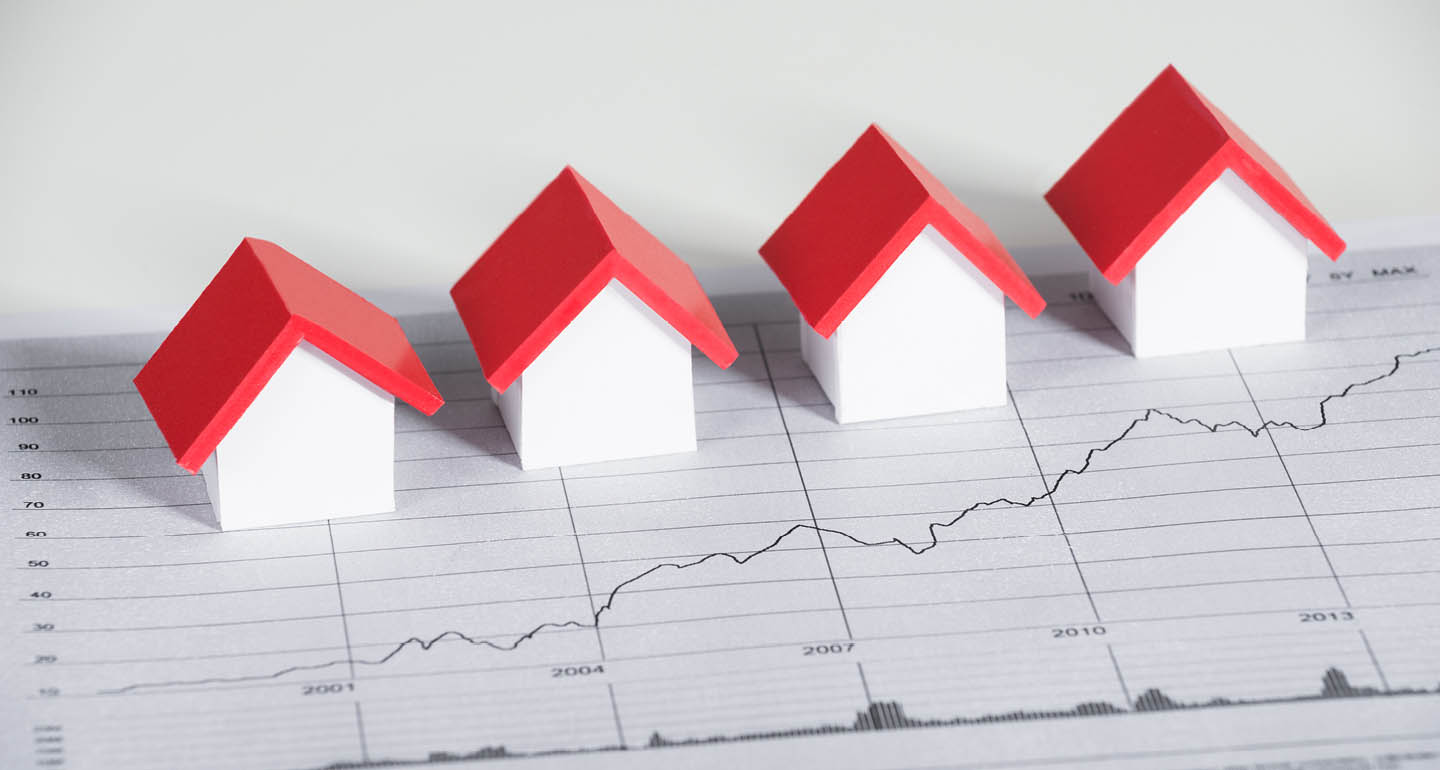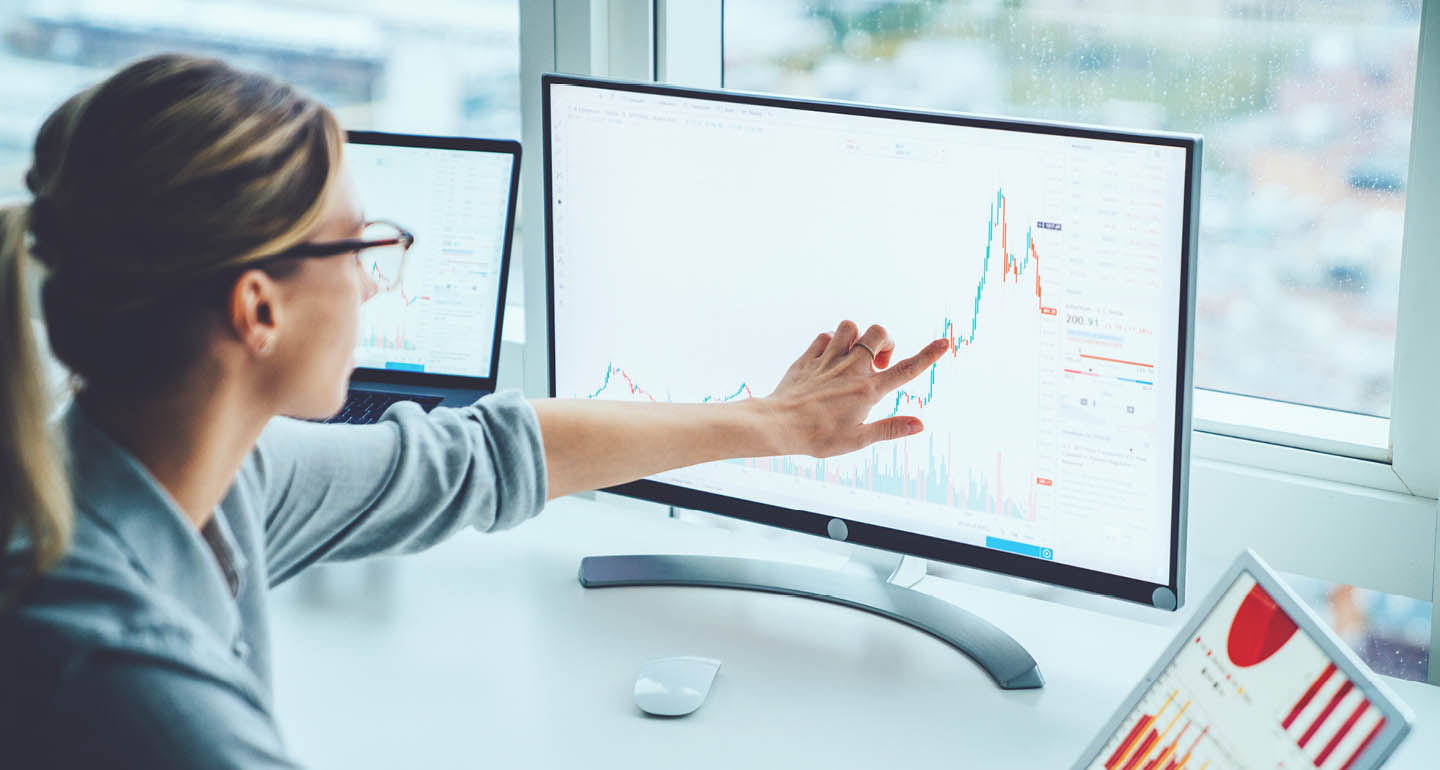Unfortunately, the backdrop to this quarterly review remains the same as for the last Global Outlook — namely the continuing tragedy in Ukraine. This is indeed a war that has brought human misery and economic calamity for both Russia and Ukraine.
The conflict has accelerated existing trends in many commodity markets, particularly in energy and food, leading to a further slowing of global growth and more upward pressure on inflation.
These factors have created a toxic combination that governments and central banks are struggling to find solutions for.
How do we see the global economy?
The outlook for the global economy has become more precarious. Even if the headwinds from the war in Ukraine were to moderate, sanctions on Russia are likely to be a feature for the foreseeable future. This will likely mean the policy environment will remain treacherous, given the disruption to supplies of key commodities and the knock on effect for inflation.
The US Federal Reserve (Fed) and many other central banks are playing catch up, having been wrong-footed by the strength and persistence of underlying inflation. The Ukraine crisis only amplifies these difficulties. It’s harder to "look through," or ignore, the increase in energy and other commodity prices when inflation is so far above target.
The longevity of this economic cycle depends on the Fed’s ability to balance policy tightening to reduce inflation, without crashing the global economy amidst heightened geopolitical risks. But the risk of an accident is high.
The Fed embarked on its rate-hiking cycle in March by raising the Fed Funds rate by 25 basis points (0.25%). It seems increasingly likely that this tightening will be "front-loaded," or brought forward, with Fed officials even countenancing 75-basis point rises at the latest meeting. This is a massive change in policy rhetoric (and thus market expectations) over the past few months.
However, not all central banks are tightening policy. For example, we’re seeing the opposite in China. We remain somewhat skeptical that policy adjustments will be enough to fully compensate for the continuation of its "zero-Covid" strategy and the ongoing strains within the property sector.
Markets — growing uncertainty, more volatility
It has been, to put it mildly, a difficult few months for markets. Both equity and bond markets have experienced significant declines in this environment of tightening financial conditions and a worsening geopolitical landscape.
We've also seen continuing divergence in performance within the equity markets, as investors reappraised the prospects for some areas of the technology sector and the prices they’re willing to pay. As a whole, the recent earnings season was a reasonable one, albeit relative to reduced expectations. But there are increasing concerns around costs and supply chain disruptions.
In the bond markets, investors have been quick to price in the more cautious rhetoric from the central bankers. As with the equity markets, credit prices are starting to reflect the implications of slower growth. Bond investors have also become more cautious about extending credit to lower-quality companies.
Don't forget Covid
On a more positive note, it does feel like significant parts of the world are starting to put Covid behind them. However, the recent lockdowns in China, and in particular the severity of those seen in Shanghai and elsewhere in the country, remind us that not everywhere is in the same position. This is another reminder (as if any was needed) that when it comes to Covid, the world is only as strong as the weakest link.
I have set out an investment path that looks increasingly difficult to navigate, as tighter financial conditions mix with more complex geopolitics. However, as ever, markets will provide opportunities for those willing to do their homework and invest for the long-term.
In this Global Outlook series:
Karolina Noculak, in her regular review of corporate earnings, reckons that after almost two years of strong upgrades to future earnings, we may have finally reached a turning point.
Paul Diggle and Luke Bartholomew show how inflation has become a central theme in politics and identify six ways in which investors may be affected by this development.
Meanwhile, Sree Kochugovindan looks at the how and why of higher food and energy prices — key drivers of global inflation.
IMPORTANT INFORMATION
Foreign securities are more volatile, harder to price and less liquid than U.S. securities. They are subject to different accounting and regulatory standards, and political and economic risks. These risks are enhanced in emerging markets countries.
Trading in commodities entails a substantial risk of loss. Commodities generally are volatile and are not suitable for all investors. The commodities markets and the prices of various commodities may fluctuate widely based on a variety of factors.
GB-310522-175892-1


